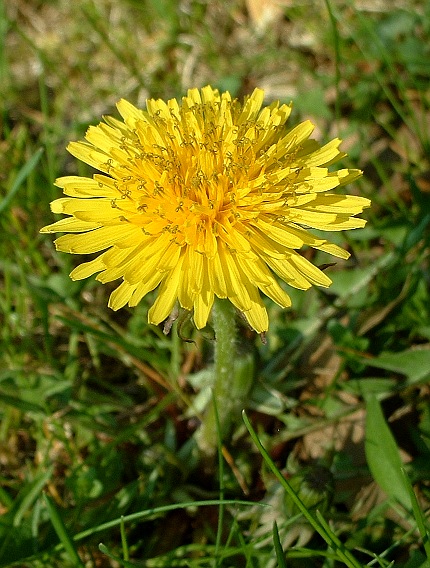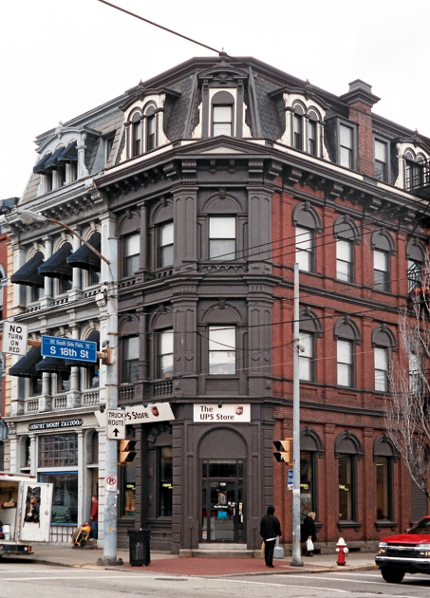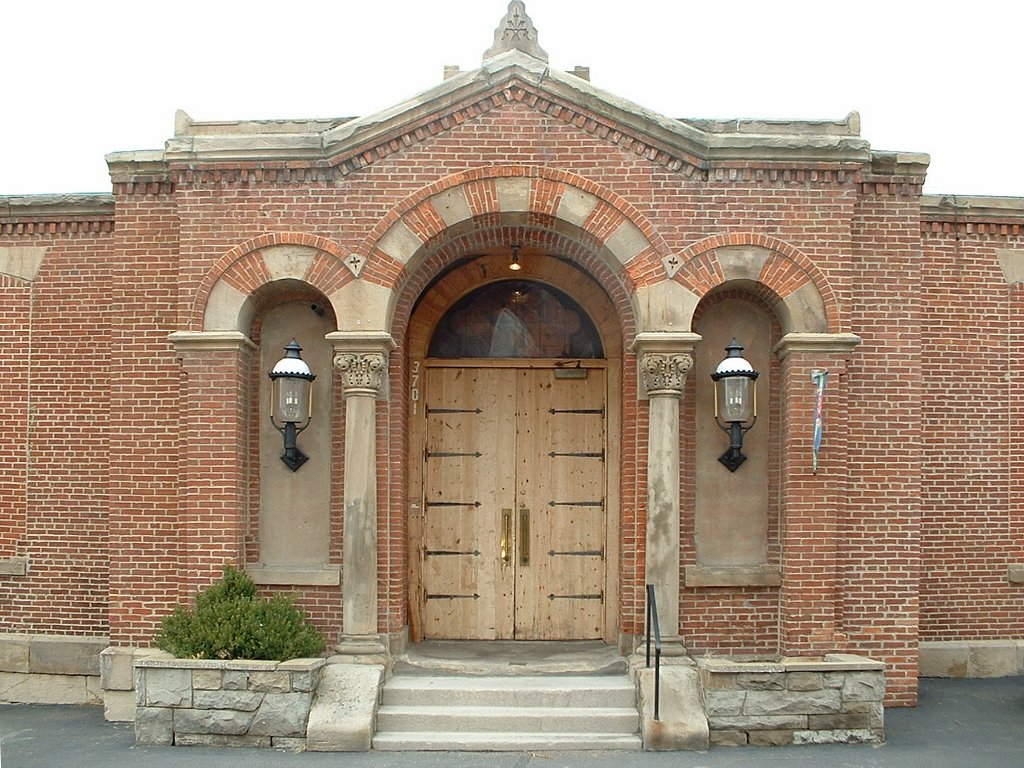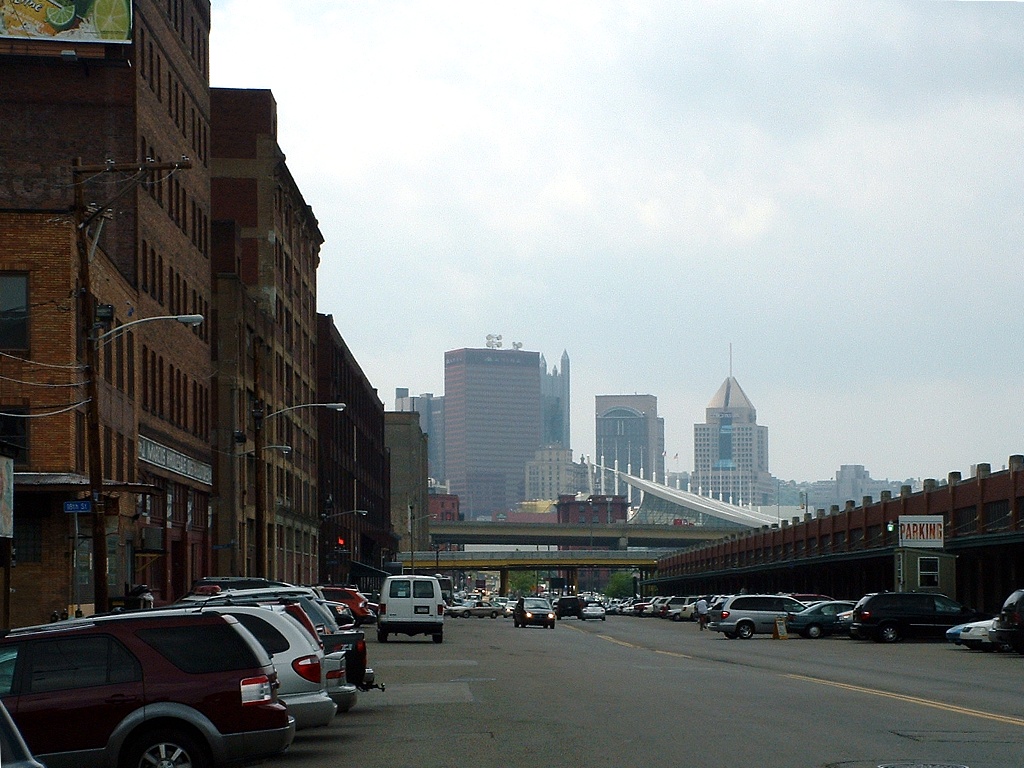
Every suburban homeowner’s most detested enemy, the dandelion is also one of our most stunningly beautiful wildflowers. Old Pa Pitt offers these photographs as an example of the rewards that await us when we learn to overcome our prejudices.


Every suburban homeowner’s most detested enemy, the dandelion is also one of our most stunningly beautiful wildflowers. Old Pa Pitt offers these photographs as an example of the rewards that await us when we learn to overcome our prejudices.


Grape hyacinths are perfect garden flowers: they pop up, show off, and multiply without asking for any special care.
Frederick Osterling designed this atmospherically Romanesque morgue to match Richardson’s courthouse and jail a block away. Generations of Pittsburgh teenagers made a tradition of visiting the morgue after the prom. This curious memento mori is one of those Pittsburgh customs that old Pa Pitt must simply file away as unaccountable, not even attampting an explanation; unless it be that the visit to the morgue, by a direct appeal to all the senses at once, was intended to achieve what Mr. Andrew Marvell attempted to achieve by verse alone.
The morgue is a short walk from the First Avenue subway station.

H. H. Richardson designed the county jail to match his courthouse, connecting them across Ross Street by the “Bridge of Sighs,” as Pittsburghers have called it for generations. The jail itself expresses its function perfectly: it looks like a medieval castle, impenetrable and foreboding. Now it houses bureaucrats’ offices; a new jail along the river holds the convicts.

The Bridge of Sighs is a block and a half south on Ross Street from the Ross Street exit of the Steel Plaza subway station.

Some say that Carson Street on the South Side is the best-preserved Victorian commercial street in the United States. Pittsburghers know it more for its bars and nightclubs, but the whole street is a feast of every kind of Victorian style. Here, a corner location gave some proud shopkeeper a chance to indulge in a bit of Second Empire flourish.

[Update: A kind correspondent (see the comment on this article) reminds Father Pitt that he really ought to link to the theater’s Web site. He also reminds us that there are two good Ethiopian restaurants within a short walk of the theater, which is as good a reason as anyone needs to visit East Liberty.]
This little gem of a theater in East Liberty has been beautifully restored for live stage shows. It’s named for two of the East Liberty neighborhood’s most famous sons: movie star Gene Kelly and jazz composer and arranger Billy Strayhorn.
The Kelly-Strayhorn Theater is just a few blocks from the East Liberty station on the East Busway.

The fame of Richardson’s courthouse made “Richardsonian Romanesque” a favorite style in Pittsburgh for decades. Here a small industrial building in Lawrenceville shows that a little tasteful Romanesque detail is never out of place. (Update: This is actually the old Lawrence School, built in 1872, now converted to other uses.)

Smallman Street in the Strip is lined on one side with an odd combination of wholesale food outlets and trendy nightclubs. The other side is one long, low building that houses many wholesale produce dealers.